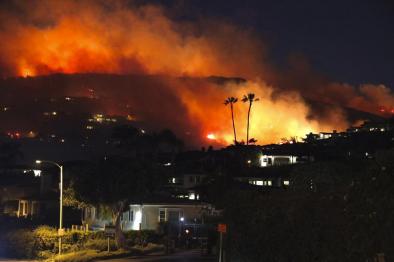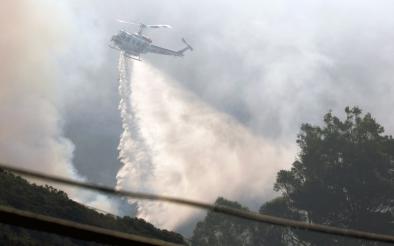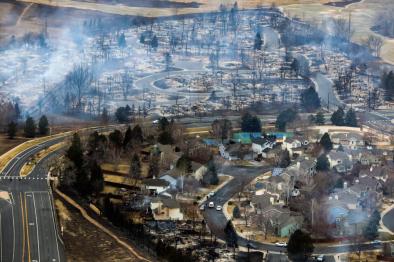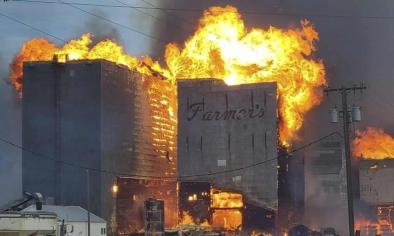Science Source
Observed changes in false springs over the contiguous United States
- States that advances in green-up timing may leave early stage vegetation growth vulnerable to cold damage when hard freezes follow green-up resulting in a false spring
- Examines spatiotemporal patterns of green-up dates, last spring freezes, and false springs across the contiguous United States from 1920 to 2013
- Analyzes observational record of 882 stations from the United States Historical Climatology Network
- Results indicate widespread earlier green-up and last spring freeze dates over the period
- Finds the contiguous U.S. saw widespread earlier green up (GU) and last spring freeze (LSF) dates from 1920 to 2013
- Finds the LSF date advanced on average by 5.8 days over the record compared to an average advance by 1.8 days for GU date
- Finds that truncating the period from 1950 to 2013 results in an average advance in GU and LSF dates by 4.2 and 7.9 days
- States this asynchronous advance in LSF dates relative to GU is hypothesized to decrease potential for cold damage or mortality
- Finds that, although regionally variable, these changes resulted in a reduction in false springs, notably over the past 20 years, except across the intermountain western United States where the advance in green-up timing outpaced that of the last spring freeze
- A sensitivity experiment shows that observed decreases in false springs are consistent with a warming climate
Related Content
Headline

Feb 11, 2022 | Climate Nexus Hot News
Fires Burn In Hot, Dry Southern California, In February
Headline

Jan 24, 2022 | Reuters
Firefighters gaining control of wildfire that closed scenic California highway
Event

Jan 5, 2022
Marshall Fire December 2021
Headline

Dec 7, 2021 | The Guardian
Winter heatwave breaks records in four US states


